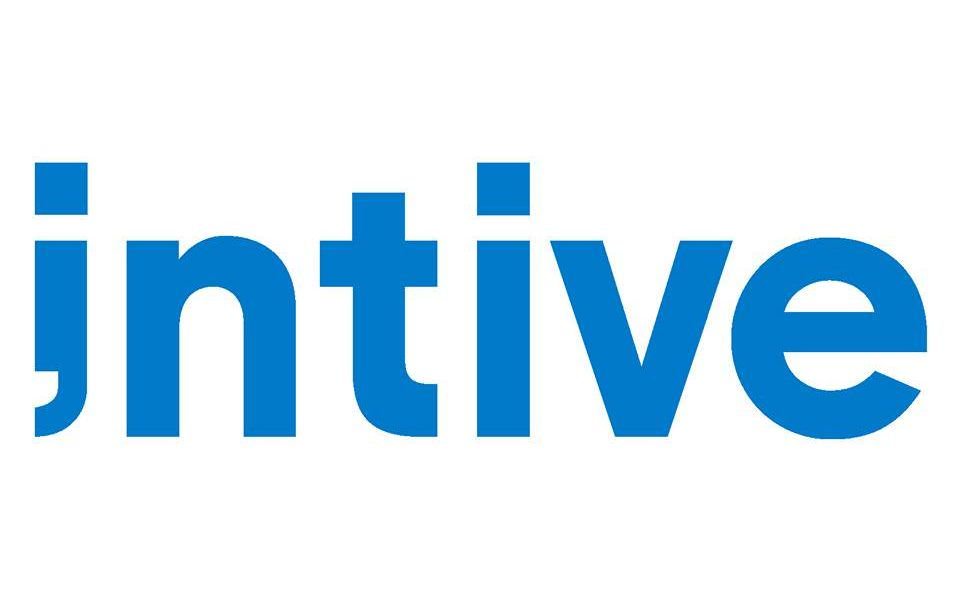2017 will go down in history as the year when Silicon Valley went national. Post-2017 innovation businesses are doing things differently.
It started as one of the smaller themes of last year’s news, during the summer. Numerous articles popped up talking about the alternatives to Silicon Valley as a place to set up business. The tech sector, it seemed, was moving house, and bored even of the top metropolitan areas like New York.
Millennials are now in the marriage-and-kids stage of life and looking outside of the traditional creative hubs. Cheaper, quieter areas were fresh with investment and ready to be gentrified. If Silicon Valley’s role as the global capital of tech was being undermined, what other fundamentals could be questioned?
Well, the long-held status of the IPO as the final and ultimate goal of VC investors, and the watershed of maturity for a tech company. Snap Inc. still gave an IPO a shot and it did not go well. No, instead tech companies have gone for huge late-stage funding rounds, in part fuelled by players like SoftBank. And why not? Why justify yourself to the entirety of Wall Street when you can get the same money and justify yourself to a handful of investors, doubtless listening more intently and more open to strategic discussion.
The trend was further solidified in 2017’s closing moments, as SoftBank closed its deal with Uber for a 14% stake in the company for $1.25 billion (a deal originally touted as being worth $10 billion).
Part of the reason for this is the continued drive towards the customer-led tech business model: get customers, because once you do, earning revenue and profit is just maths. This is characterised by Amazon’s famous 1% profit margin. It requires aggressively engaging with customers rather than trying to isolate yourself in a corner of the market and sealing yourself off from the need to really compete with ‘economic moats’.
‘Economic moats’ was a term Warren Buffet made famous when he described a businesses ability to maintain an element of competitive advantage which would shield the companies long-term profit and market share. Removing these requires a new way of operating as a business, says Martin Hoffman, CEO and founder of Business & Investor Labs, who’ve just released their BIClabs training course on ‘Business 3.0’.
“Many business leaders are scrambling to capitalize on the immense opportunities that the digital revolution brings but they are still using outdated modes of thinking, which were formed in the Industrial Age” says Hoffman. “Much of this does not apply anymore today. These leaders know that, but they need a hand in separating the real significant changes from the noise and hype”.
Hoffman’s point feeds back into the fact that tech companies are setting up shop far from Silicon Valley. The other way to look at the phenomenon is that Silicon Valley’s way of doing business is now bleeding out into businesses far and wide. And Hoffman’s point is that businesses across North America need to all get up to speed with the way things now operate in order to make the most of their business.




